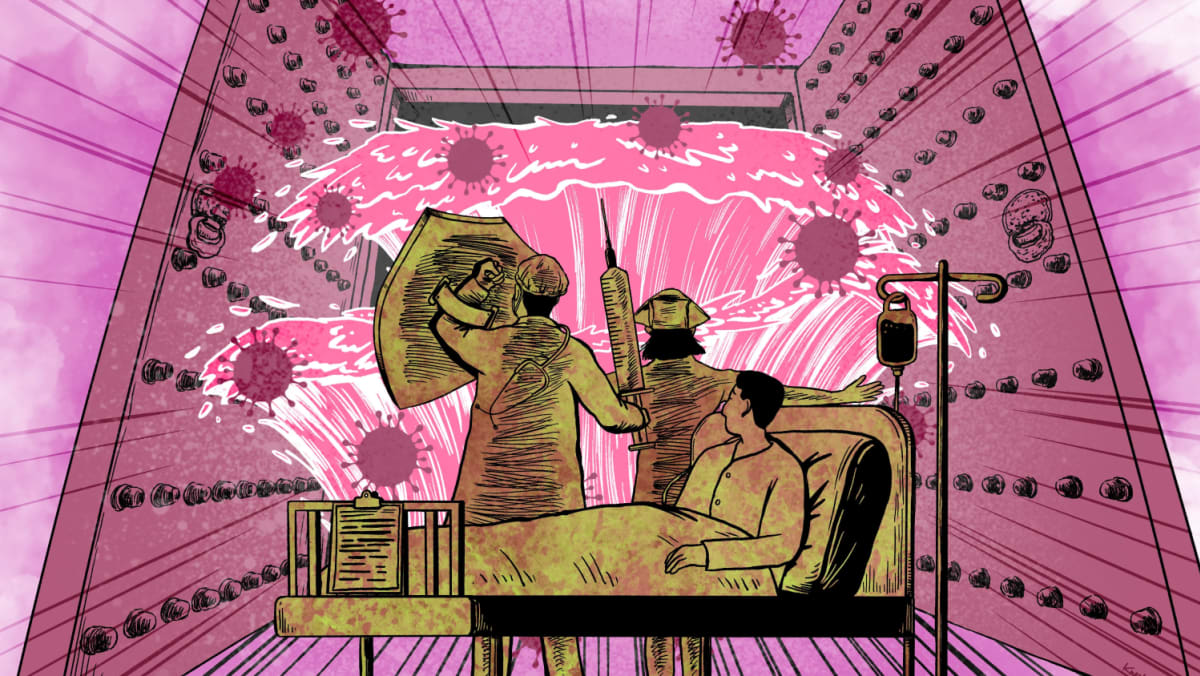
Ai Fen, director of the emergency department at the Central Hospital of Wuhan, was on the frontline when she started seeing patients with a mysterious SARS-like pneumonia.
A snapshot of her initial report – which warned that the illness was likely to be highly contagious and dangerous – was shared by eye doctor Li Wenliang, one of the first whistle-blowers to the public about the emergency that later became known as COVID-19, which also killed him.
Ai was reprimanded by hospital officials for her report and accused of spreading rumours, but she continued to emphasise the importance of preparedness to her staff, insisting that they wear masks, wash their hands and offer masks to patients.
Now, after weeks of fighting the renewed wave of COVID-19 infections – which has ripped through the population at a much larger scale compared to three years ago – Ai said the healthcare system had learned the lessons and was better prepared.
Hospitals in Wuhan did not experience the shortages of drugs and medical supplies reported in other cities, but more could still have been done, she said.
“Compared to 2020, it’s obvious that this time we prepared more comprehensively, including in leadership management, the coordination of resources (and) the stockpiling of supplies,” Ai said.
Another possible reason for Wuhan’s resilience is that the city had already been through the challenge in 2020, she added. “At least people were mentally prepared.”
In the latest surge, all departments at her downtown hospital were required to admit patients with fever or COVID-19 unconditionally. This took much of the burden from the emergency room, as well as the respiratory diseases department and intensive care unit, Ai said.
The hospital had also stockpiled enough medical supplies – including gloves, N95 masks, ventilators and high-flow nasal cannula oxygen therapy devices – to be able to run at an overloaded capacity for three months.
In 2020, when the Central Hospital was designated to treat COVID-19 patients, it struggled with oxygen shortages, Ai said. This time, the hospital has built oxygen tanks two storeys tall, which have helped significantly in giving relief to patients in need.

